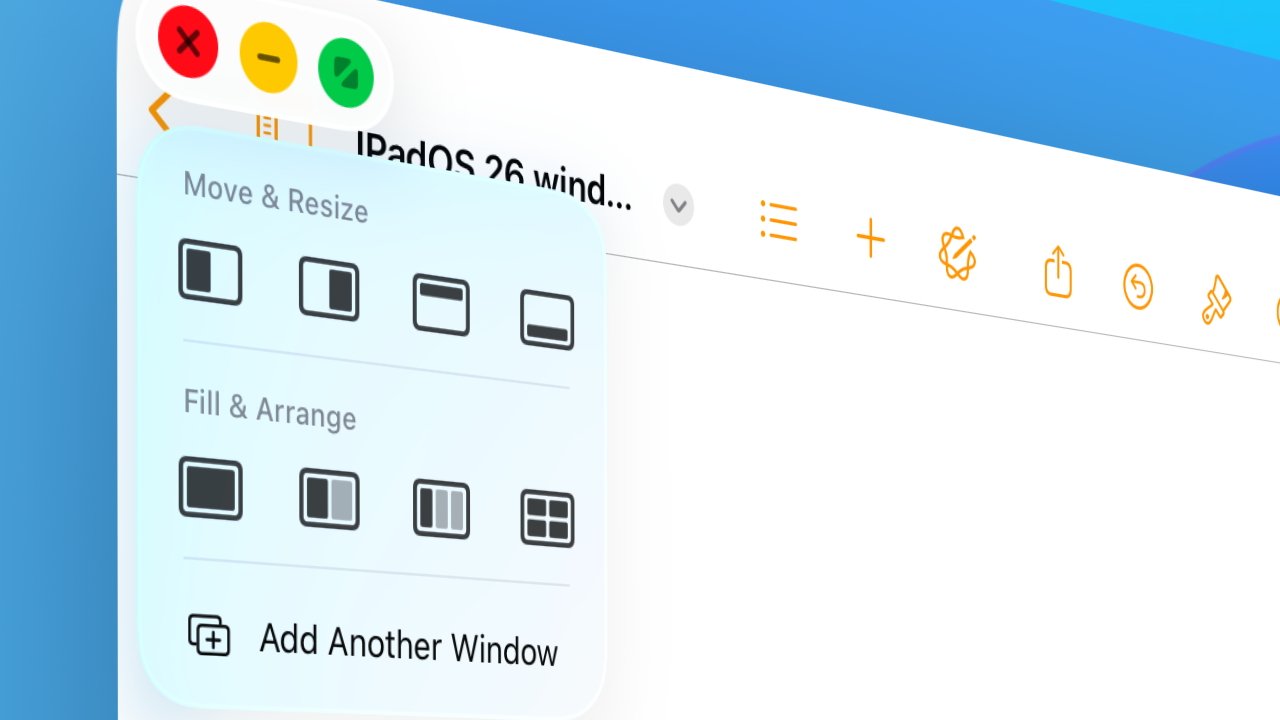watchOS 26 Introduces Smart Volume Control for Apple Watch
Apple’s latest update, watchOS 26, brings a significant enhancement to the Apple Watch: automatic volume adjustment. This feature intelligently modifies the device’s speaker volume for notifications, timers, alarms, incoming calls, and Siri responses based on the ambient noise levels of the user’s environment. The goal is to ensure that alerts are neither too loud in quiet settings nor too soft in noisy surroundings, thereby enhancing user experience and minimizing potential disturbances to others.
Understanding Automatic Volume Adjustment
The automatic volume adjustment leverages the Apple Watch’s built-in microphone to continuously monitor ambient sound levels. When enabled, the watch dynamically adjusts its speaker volume to align with the surrounding noise. For instance, in a quiet library, the watch will lower its volume to avoid disruptive alerts. Conversely, in a bustling street, it will increase the volume to ensure notifications are audible. This adaptive approach aims to provide a seamless auditory experience tailored to varying environments.
Compatibility and Activation
It’s important to note that this feature is available exclusively on specific Apple Watch models: Series 9, Series 10, Series 11, Ultra 2, and Ultra 3. Users with these models can activate the feature by following these steps:
1. Open the Settings app on the Apple Watch.
2. Navigate to Sounds & Haptics.
3. Toggle on Automatically Adjust Volume.
Alternatively, users can enable this feature through the Watch app on their paired iPhone by accessing the Sounds & Haptics section.
User Experiences and Considerations
Early adopters have reported mixed experiences with the automatic volume adjustment. Some users appreciate the convenience and responsiveness of the feature, noting its effectiveness in adapting to different environments. However, others have encountered inconsistencies, such as the volume being too low in certain situations, leading to missed notifications. These varied experiences suggest that while the feature has potential, it may require further refinement to cater to all user preferences and scenarios.
Manual Control and Customization
For users who prefer consistent volume levels or have specific hearing needs, manual control remains an option. To disable the automatic adjustment:
1. Access the Sounds & Haptics settings as described above.
2. Toggle off Automatically Adjust Volume.
3. Manually set the desired volume level using the on-screen slider or the Digital Crown.
This manual setting ensures that the volume remains constant, regardless of environmental noise levels.
Potential Limitations and Future Improvements
While the automatic volume adjustment is a step forward in creating a more intuitive user experience, it’s not without its limitations. The feature’s effectiveness can vary based on individual hearing capabilities, specific environmental factors, and personal preferences. Additionally, the reliance on the microphone for ambient noise detection may impact battery life, although the extent of this impact remains to be seen.
As with many new features, user feedback will be crucial in guiding future updates. Apple is likely to refine this functionality in subsequent watchOS versions, addressing user concerns and enhancing the feature’s adaptability and accuracy.
Conclusion
The introduction of automatic volume adjustment in watchOS 26 reflects Apple’s commitment to enhancing user experience through intelligent, context-aware features. By adapting to the user’s environment, the Apple Watch aims to provide notifications that are both effective and considerate. As users explore this new functionality, their feedback will play a pivotal role in shaping its evolution, ensuring that it meets the diverse needs of the Apple Watch community.



